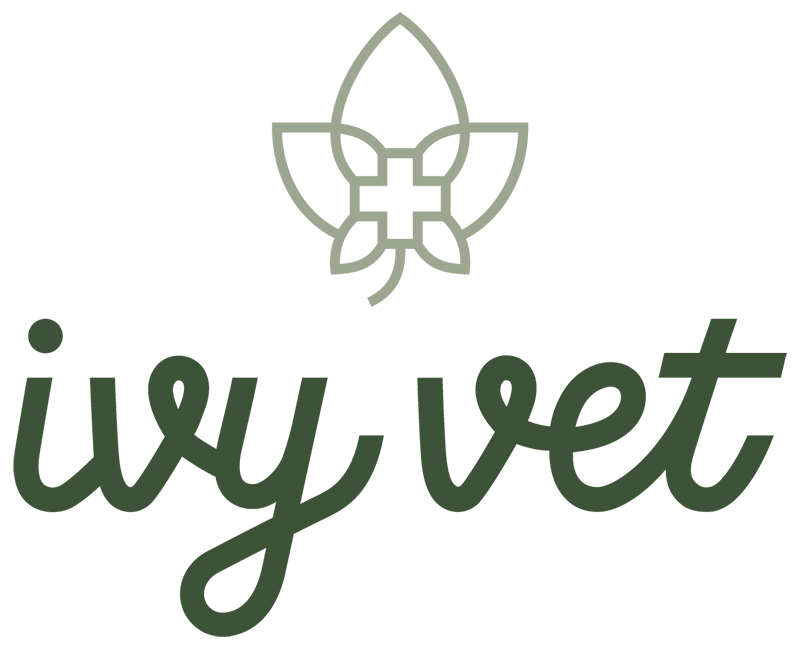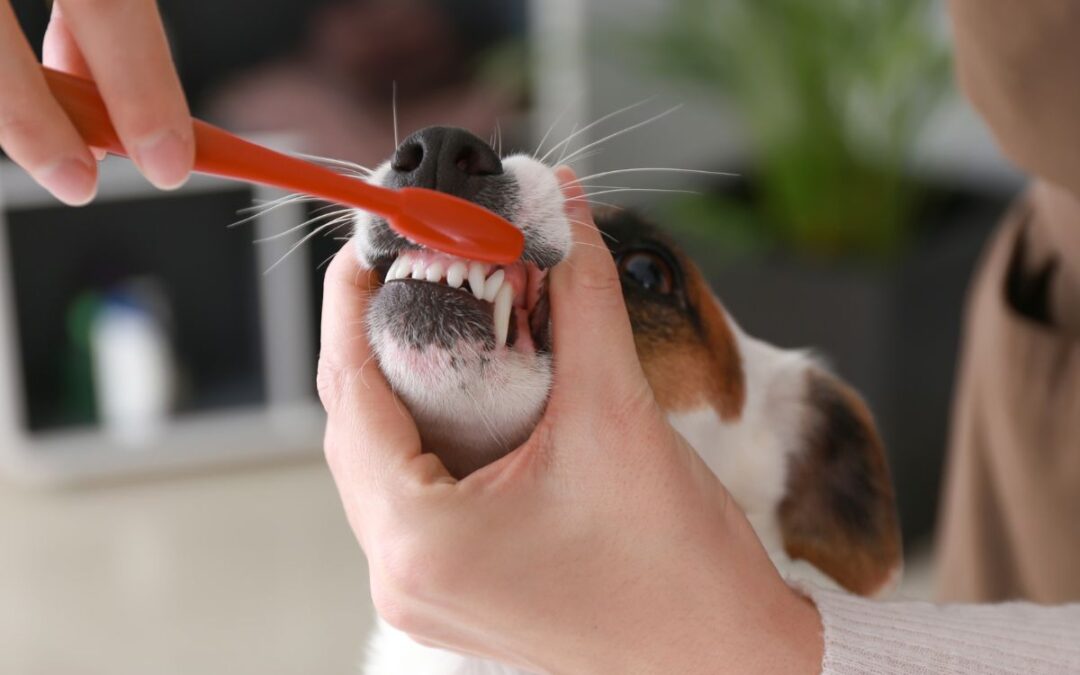The best preventative measure against dental disease you can do at home is tooth brushing. The mechanical action of brushing will remove plaque off the teeth, to prevent it from turning into dental tartar, which causes gingivitis and dental disease.
Definitions:
Plaque: the yellow bacterial biofilm that is constantly forming on teeth. It’s the warm “fuzzy socks” (quote from Dr. Charlier) your teeth are wearing in the morning.
Dental tartar/ dental calculus: Calcified plaque. The yellow/brown hard stuff you can’t brush off your pet’s teeth.
Gingivitis: inflammation of the gingiva (gums). The gumline will appear more red and swollen. Periodontal disease/dental disease: Tissue damage to the gums, ligaments, and bone holding the tooth in place. Later stages are IRREVERSIBLE and PAINFUL. The tooth must be removed.
I always recommend a gradual introduction to tooth brushing. Come in too strong and too quickly, your pet will HATE it, fight you, and run away at the sight of the toothbrush and toothpaste.
Dr. Andrew Lee ’s stepwise introduction to tooth brushing:
- Let pet lick toothpaste off your finger
- Rub finger with toothpaste onto teeth
- Let pet lick tooth paste off toothbrush
- Touch teeth with toothbrush and toothpaste
- Brush teeth
- The outer surfaces of the large upper cheek teeth and upper canines are the most problematic areas - Focus on these areas. 20 SECONDS a day is all it takes to make a difference in your dog’s dental health.
- Use a veterinary formulated tooth paste. Toothbrush selection is less important - use a finger brush, angled brush, or soft bristled children’s toothbrush.
- Go slow. It could takes weeks until your dog is comfortable with have their teeth brushed.
- Start early. Get your puppy used to having their lips lifted and teeth examined. Offer lots of praise and tasty rewards
Supplemental dental care
When tooth brushing is not an option, or in addition to brushing. Not every dog will enjoy or tolerate tooth brushing, But that does not mean there is nothing you can do. Tooth brushing is best, but if you are looking for alternatives or supplements to brushing, try these:
Dental wipes: You may be able to wipe some plaque off the teeth. Wipes may also contain ingredients to reduce plaque and freshen breath.
Water additives/Food Toppers/Sprays: May contain ingredients to reduce plaque and bad breath.
Chew treats/ Rawhides: Chewing can reduce plaque and tartar buildup. Some chews may contain ingredients to reduce plaque and bad breath. Always give under supervision. Choose a product that is right for your pet. If your pet is eating a treat too quickly, it is probably not benefitting the teeth. Swallowing treats that are too large may be a choking hazard. Treats that are too hard may break teeth.
Dental Diets: Kibble that are specifically sized and shaped can reduce plaque and tartar buildup simply with chewing. Not helpful if your pet does not chew kibble.
I do not recommend any of these single products as the sole means of at home dental care. Use a combination of products, or use to supplement tooth brushing. Have your veterinarian examine your pet’s teeth routinely for additional recommendations.
Look for the VOHC label
If a product has the VOHC (Veterinary Oral Health Council) label, it has gone through clinical testing and proven efficacy. Approved foods, treats, and chews must reduce plaque or tartar by at least 15% to achieve the VOHC seal of approval. If a chemical anti-plaque agent is used, it needs to reduce plaque or tartar by at least 20%.

